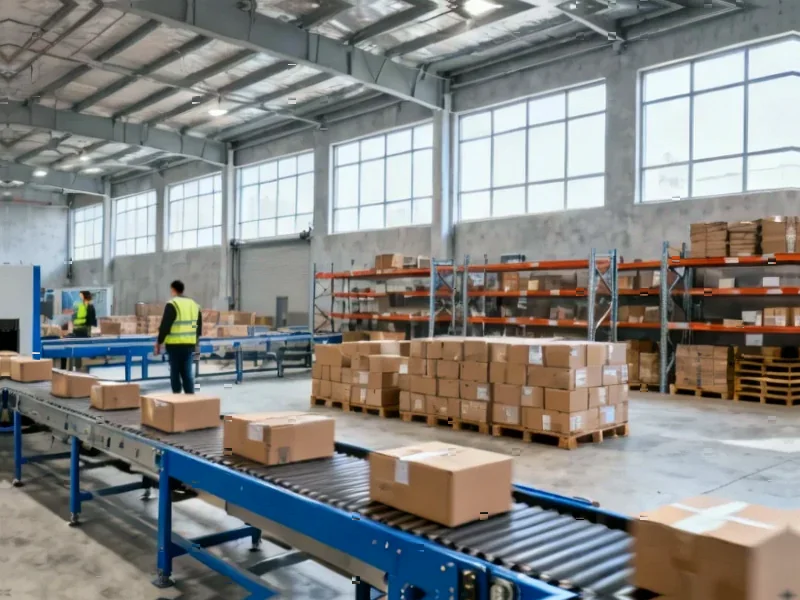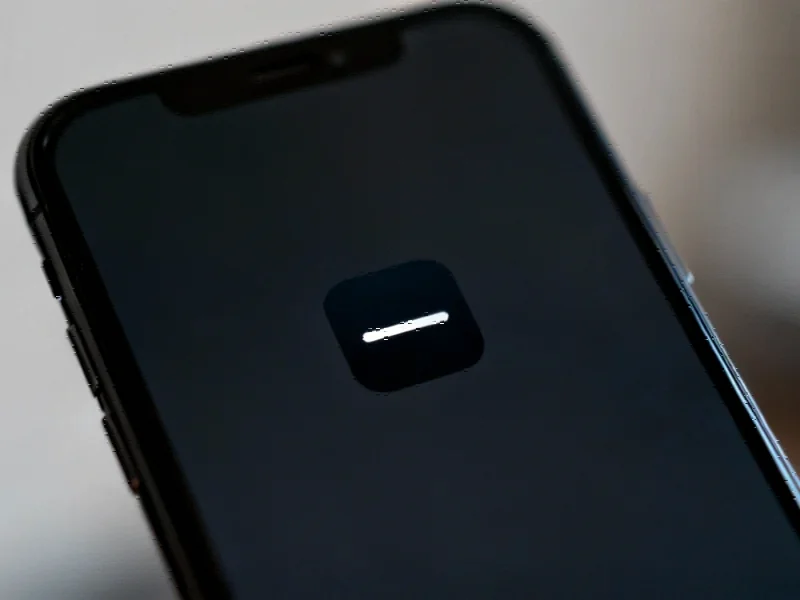According to CNBC, Amazon is building its first wholly-owned subsea fiber-optic cable called Fastnet to connect Maryland’s Eastern Shore directly to County Cork, Ireland. The cable will have a staggering capacity of 320 terabits per second, which Amazon says is enough to stream 12.5 million HD movies simultaneously. Matt Rehder, Amazon Web Services vice president of core networking, emphasized that subsea connectivity is essential for AWS and international data flow. Unlike Amazon’s previous consortium projects like Jako, Bifrost and Havfrue, this marks the company’s first solo venture into subsea infrastructure. The company expects Fastnet to be operational by 2028, though they haven’t disclosed the construction costs.
Why Amazon‘s going solo now
Here’s the thing – Amazon’s been investing in subsea cables for years, but always as part of consortiums. Going solo on Fastnet is a pretty significant shift. It tells you they want complete control over this critical infrastructure. No more sharing capacity or decision-making with competitors. When you’re running the world’s biggest cloud platform, you can’t afford bottlenecks in your international data pipelines. And with AI workloads exploding, every millisecond of latency matters. Basically, they’re cutting out the middleman for their most important data routes.
The real capacity game
320 terabits per second sounds insane – and it is. But let’s be honest, that “12.5 million HD movies” comparison is mostly for PR. The real capacity is going toward cloud computing, AI training, and edge applications. These aren’t Netflix streams we’re talking about. We’re looking at massive data transfers between AWS regions, real-time AI inference, and keeping financial transactions flowing across continents. The movie streaming analogy just makes it relatable to people who don’t think in terabits. Still, the scale is mind-boggling when you consider this is just one cable among many.
Risks and realities
Now, going solo isn’t without risks. Subsea cables get damaged all the time – fishing trawlers, anchors, even shark bites (seriously). When you’re part of a consortium, you share the repair costs and risks. When it’s just you? Every cable break, every maintenance issue comes straight out of Amazon’s pocket. And let’s not forget the geopolitical headaches. Running cables across international waters means dealing with multiple governments, regulations, and potential sabotage concerns. It’s a massive capital investment with plenty of operational headaches ahead.
Big tech’s ocean grab
Amazon’s definitely late to the solo cable party. Google’s been building its own private cables for years, and Meta and Microsoft have been equally aggressive. This isn’t just about capacity – it’s about control. These companies have realized that relying on traditional telecom providers for international connectivity creates dependencies they don’t want. So they’re becoming telecom providers themselves. The interesting question is whether we’ll see these cables eventually open up to third parties. Or will they remain private highways exclusively for their owners’ traffic? Either way, the ocean floor is becoming the new battleground for cloud supremacy.




